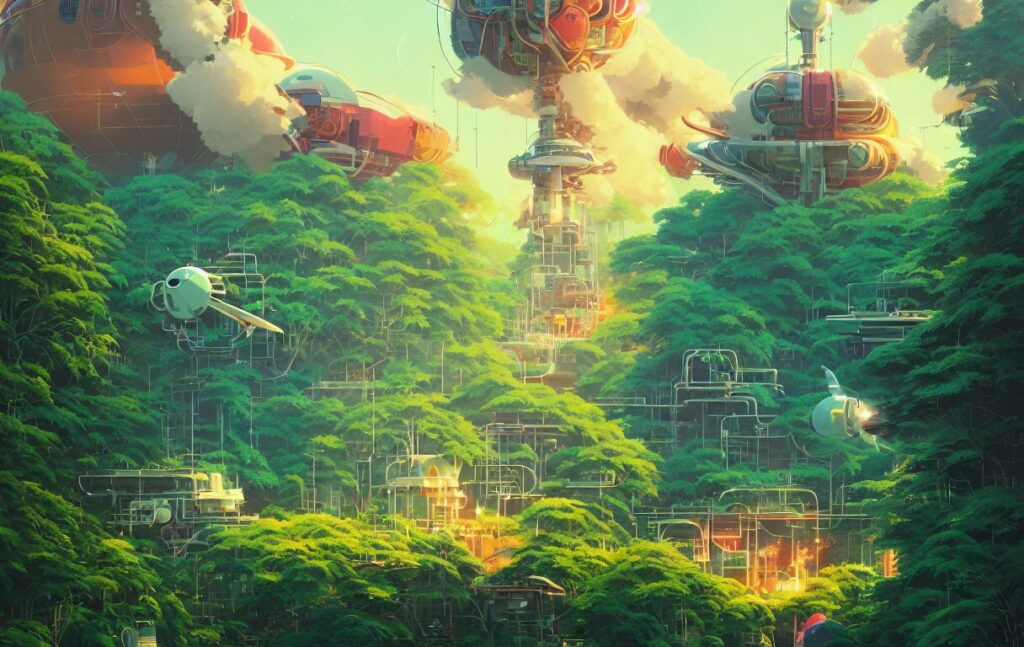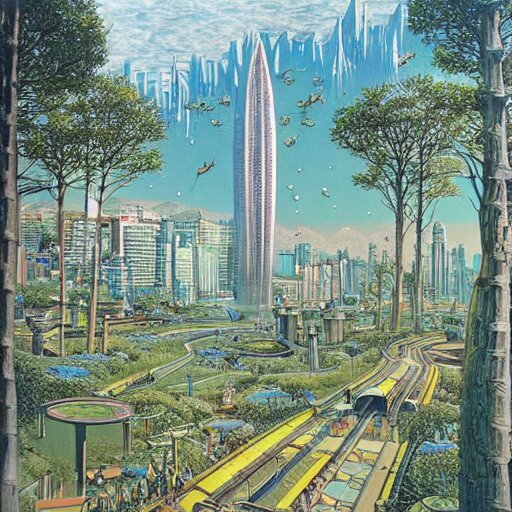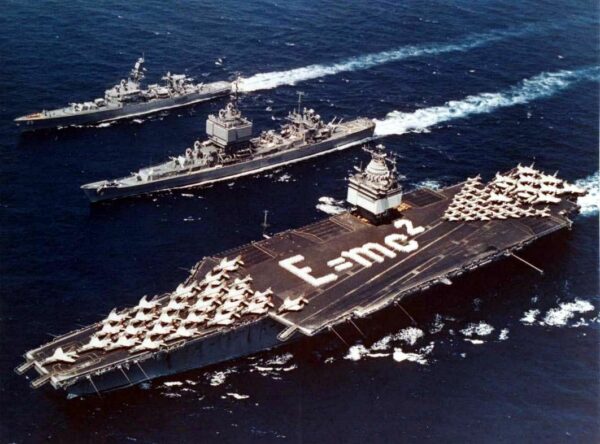Every time I read a wall of text in one of these think tank reports, I have this thought that we are missing out on visual think tanks.
Sure, text is the universal interface and this is how human logical thinking is done. On top of that, text is great as it is asynchronous - I can find the right message on WhatsApp much more quickly than a voice recording. But for building up imagination that leads to change, is text really the best interface?
On one hand I would argue that yes, it is - after all the fiction books are just text and yet they create amazing visions of the future.
At the same time, there is a high cost to reading books - life is short, it takes time to get into the right mindset. Besides, unlike fiction books, think tank reports are boring - best books can be read by millions of people as they create fictional, parallel universes, but what about most popular think tank reports? The number of readers is much smaller.
Since think tanks are effectively about policy change, i.e., a change in thinking - aren't images or the combination of media the best method for transforming, upping the imagination of the masses?
Yeah, write this report explaining what you propose - but then add images and videos to it, make it popular so that others can imagine it.
New generative art models like Stable Diffusion or DALL-E allow for that - with images for the time being, with good quality video sometime in the future.
Now this would be a much more real, positive, definite vision of the future - quite literally.
Who will be the first one to achieve a change based on a visual think tank?
Ideally, it would be a what-do-we-actually-want think tank doing reverse social engineering.


